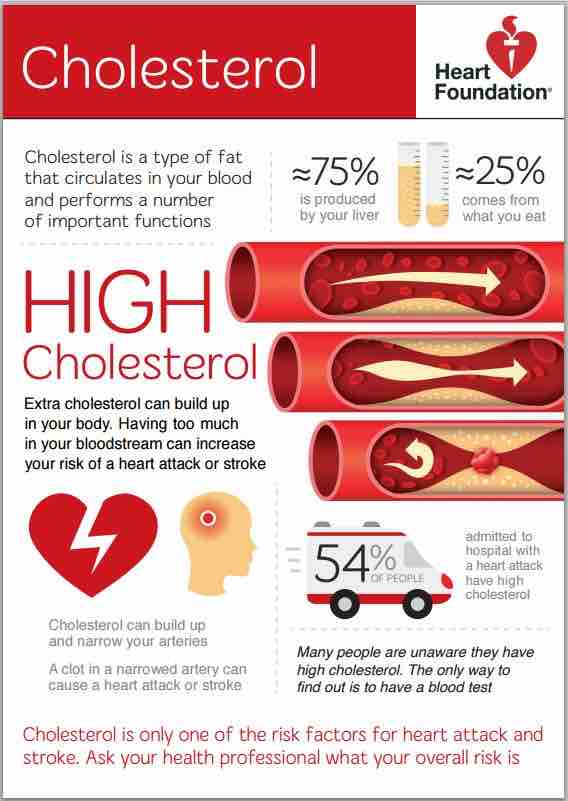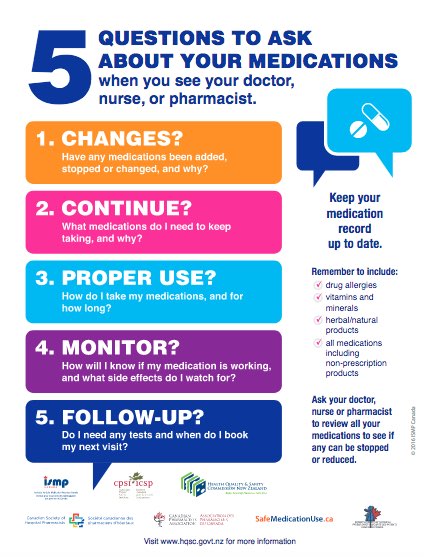Everyone has cholesterol and triglycerides in their blood. They are fatty substances needed by the body for many things. There are different types of cholesterol. Too much of the “bad” cholesterol can block the blood vessels that supply your heart and brain with blood, and can cause heart attack, angina and stroke. The “good” cholesterol helps to remove the bad cholesterol from the blood vessels. Atorvastatin is used to lower the level of cholesterol in your blood.
Atorvastatin can also reduce your chance of heart disease if you have an increased risk of it, even if your cholesterol levels are normal.
Atorvastatin belongs to a group of medicines called statins. Read more about statins.









